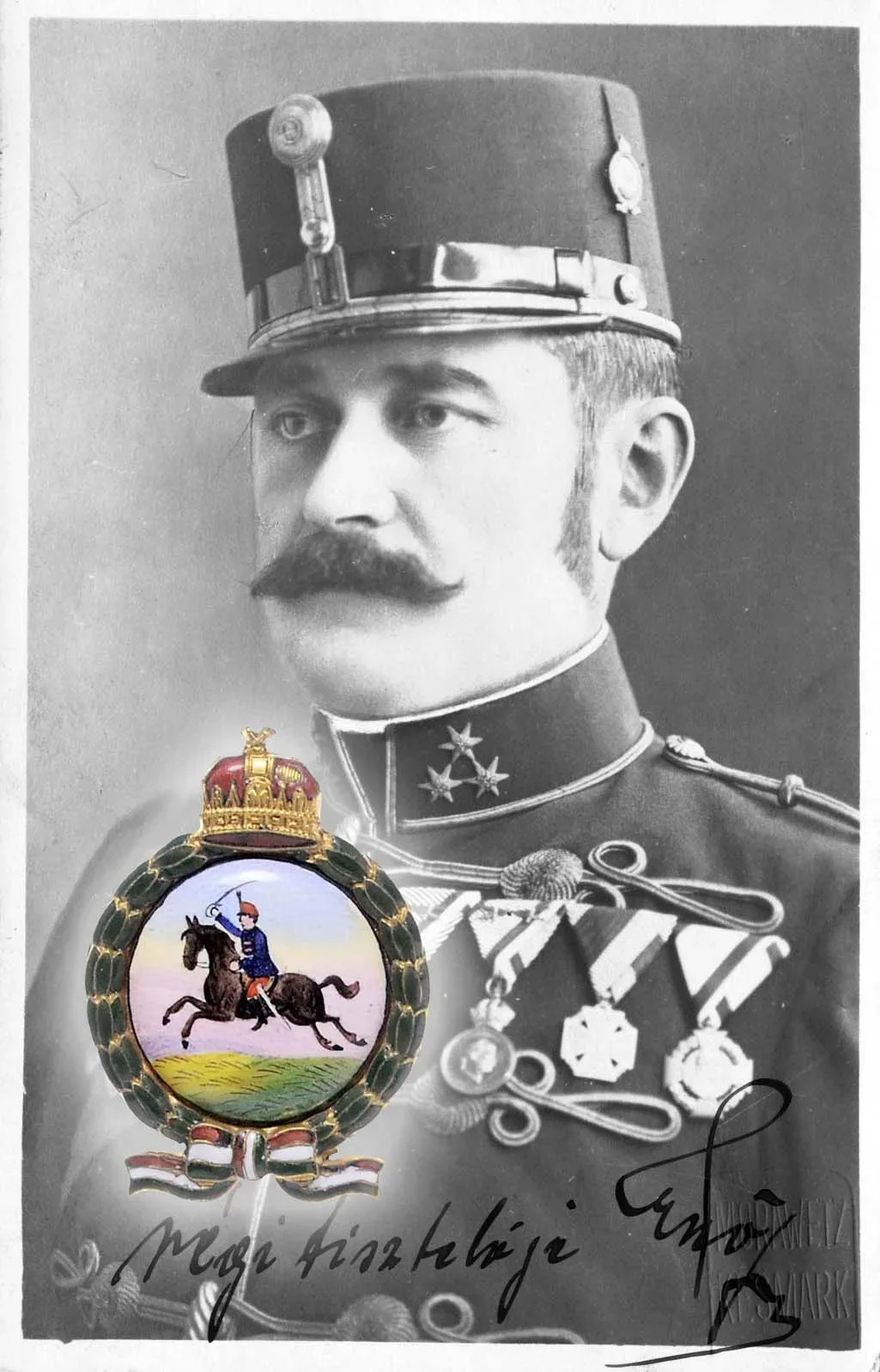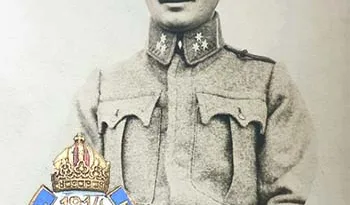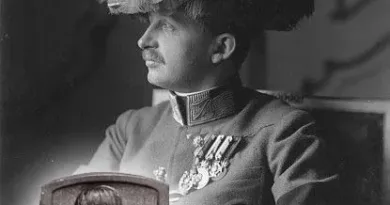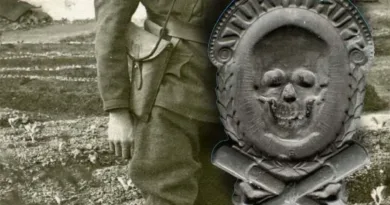5th Honvéd Hussar Regiment
The organization of the honvéd hussars began after 1867, but the organizational structure established during the Great War was introduced only in 1914. Accordingly, 4-4 of the 10 honvéd hussar regiments were organized into the 5th and 11th Cavalry Divisions. The remaining two hussar regiments, divided into squadrons, were assigned to the honvéd infantry divisions, where they performed reconnaissance and liaison duties.
The 5th Hussar Regiment was classified in the 11th Cavalry Division. This division existed throughout the war. In the early years it was part of the Hauer cavalry corps. In 1914, the regiment was given mainly depth reconnaissance tasks. But by the summer of 1915, the fronts stiffened, when only “hunter” units undertook reconnaissance breaking into nearby trenches. The structure of the cavalry regiments was changed. Shooter divisions were created, which differed in no way from general infantry in terms of their mission. And with the shrinking numbers, the mounted parts were more of a reserve.
This line-up was also typical in 1916, when the 5th Hussar Regiment and the entire 11th Cavalry Division suffered the greatest losses. On July 6, 1916, the division was hit by a forceful Russian attack aimed at widening the frontal break point near Olyka to the north. The 5th and 9th hussar regiments in the front lines were swept away within a few hours, largely taken POWs including the regimental headquarters. The other regiments of the division also suffered heavy losses, but parts of them managed to retreat from the Russian invaders advancing at great depths. In the second half of 1916, the 5th Army Hussar Regiment had to be reorganized. This soon happened, in the autumn of 1916 the 11th Cavalry Division was already fighting the invading Romanians in Transylvania.
Until the summer of 1918, the division fought in the Eastern Carpathians when it was transferred to support the Piave offensive. They took part in the capture of Montello in the second attack wave. As is well known, at this stage of the front, the Austro-Hungarian attack was carried out as planned, albeit at heavy losses. In fact, it doesn’t make much sense to look for explanations as to why this particular frontline was successful, what was the reason for the failure elsewhere. Similarly experienced divisions failed elsewhere to cross the river or got stuck in the valleys between the mountains in Tyrol. The point is that the advance, the occupation of the strategic height, could not be exploited. The same loss-making retreat awaited the 5th Hussar Regiment.

The image attached to the post may have been taken during the calmer period between the above two events. On the side of the hussar captain’s shako is one of the most beautiful hand-painted badges of the Great War. Few badges were made in such a laborious manner. It must have been a very precious piece at the time, and it is also today.




